ABH 59.026 |
Peacock Aglais io
|
BF 1597 |
|
|
| Back To |
(Linnaeus (1758) |
|
|

|
|
Phenology |
JAN |
FEB |
MAR |
APR |
MAY |
JUN |
JUL |
AUG |
SEP |
OCT |
NOV |
DEC |
|
| |
Family
|
Nymphalidae: |
|
|
|
Wingspan
|
Large;
wingspan, 60-70 mm. |
| |
|
Description
|
The Peacock's
spectacular pattern of eyespots, evolved to startle or confuse predators,
make it one of the most easily recognized and popular species. It
is from these wing markings that the butterfly gained its common
name. The underside is nearly black, providing camouflage when resting
on ree trunks,
|
| |
|
Life Cycle
|
This butterfly
is generally single-brooded. Somtimes , in good years, a small second
brood may appear. Adults may be seen at any time of the year, with
warm weather waking them from hibernation. The majority emerge from
hibernation at the end of March and beginning of April. These mate
and ultimately give rise to the next generation that emerges at
the end of July.
The pupa has 2 colour forms - yellow and dark grey - the resulting
colour depending on the site chosen for pupation. This stage lasts
between 2 and 4 weeks, depending on temperature.
|
| |
Habitat |
Often found hibernating
in outbuildings, , where they are often in the company of other individuals.
hibernation sites include hollow trees and wood piles, where their
dark undersides provide excellent camouflage |
| |
|
Links |
Abberants  |
| |
|
Images |
IMAGE (C) COLIN DUKE 2006 ALL RIGHTS RESERVED
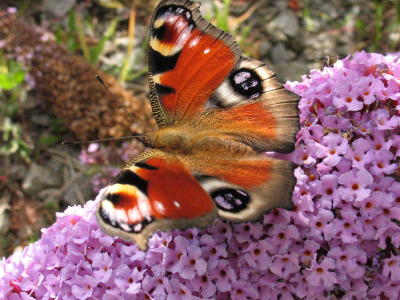
IMAGE (C) COLIN DUKE 2006 ALL RIGHTS RESERVED
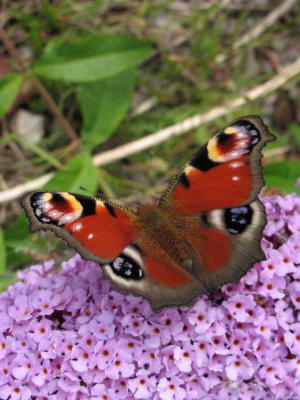
IMAGE (C) COLIN DUKE 2006 ALL RIGHTS RESERVED

IMAGE (C) COLIN DUKE 2006 ALL RIGHTS RESERVED
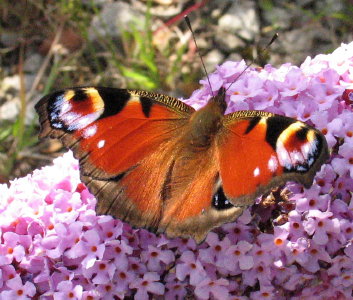
IMAGE (C) COLIN DUKE 2006 ALL RIGHTS RESERVED
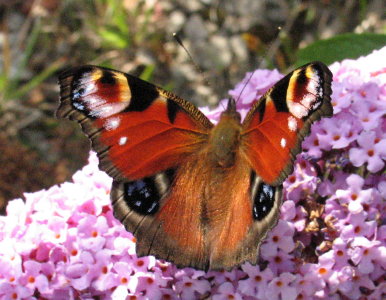
IMAGE (C) COLIN DUKE 2006 ALL RIGHTS RESERVED
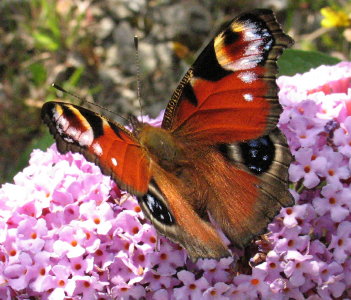
|
| |
|
|